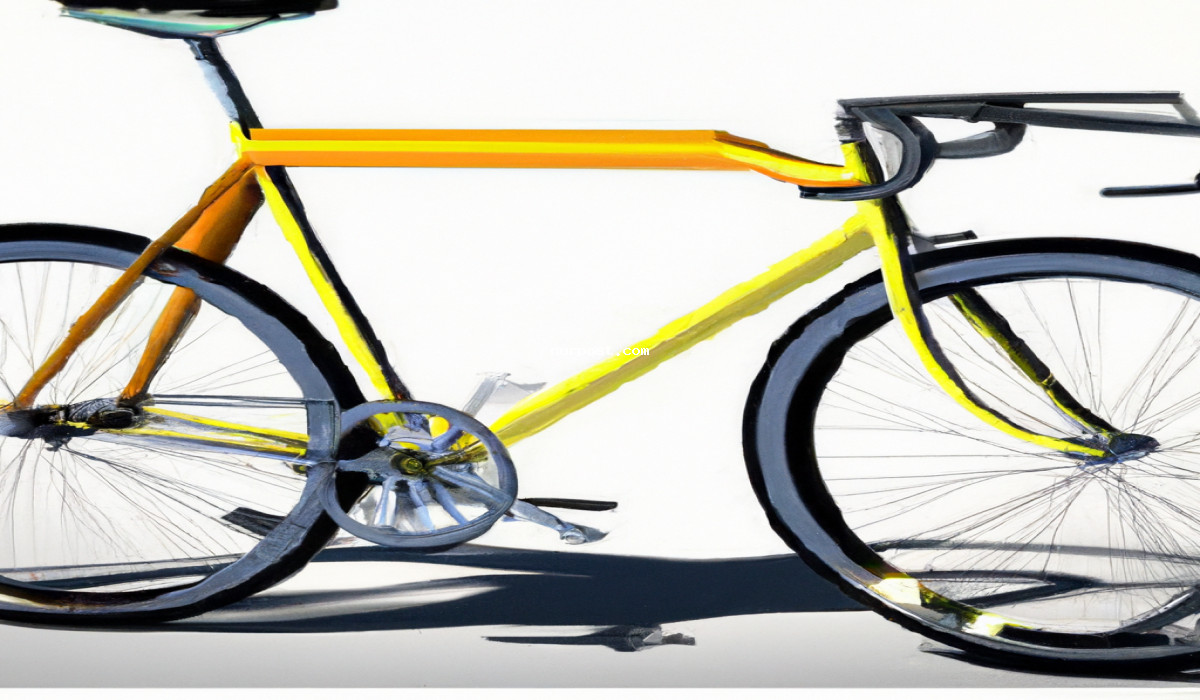Learn How to Ride a Bicycle in 5 Minutes Bicycling is an enjoyable and healthy activity for both adults and children.
Learn How to Ride a Bicycle in 5 Minutes
Many adults once learned to ride a bike in their childhood, but some may require a refresher. In just five minutes, even those unfamiliar with bicycles can learn to ride one with confidence and safety.
Safety in Bicycle Riding
Safety is of utmost concern when learning to ride a bike and is the foremost concern of all cyclists, whether they are beginners or experienced. It is important to wear a helmet, preferably one that meets the safety standards established by the Consumer Product Safety Commission.
The helmet should fit securely and be buckled properly but comfortably. Additionally, appropriate clothing should be worn, including gloves, and closed-toed shoes are necessary.
Finding a Bike
It is preferred to use a bike that fits the individual. Bikes come in different sizes, and one size will not fit all. Generally, a bike should fit the individual’s height. If the bike is too small, the person must stretch to reach the pedals, and the handlebars can be too low.

Conversely, if the bike is too big, getting on and off can be difficult. In addition to the correct size bike, it is important to make sure the brakes work properly and that the seat is adjusted to the correct height.
Getting Started
Once the correct bike is found and the proper safety measures are in place, the actual process of learning to ride can begin. Begin on a flat, level surface free from any obstacles. With feet firmly planted on the ground, straddling the center of the bike, first push off with the right foot.
Once moving forward, keep the feet balanced on the pedals and begin to pedal relatively slowly. As the pedaling becomes more familiar, it can become faster as desired.
Learning Turns
Turning is important for getting from one point to another. To turn, gently push down the handlebars in the direction of the turn, and make sure to lean the body in the same direction of the turn. This shift in weight will help with the turn.
Avoiding Hazards
It is important to be mindful of hazards when riding a bike. Hazards could include potholes, gravel, or wet leaves. To maintain balance, to deflect these hazards, it is important to stay alert.
If such a hazard is in the path of the bicyclist, cyclists should maneuver their bike around it. Alternatively, they can choose to slow down and carefully navigate around it.
Braking Safely
Braking is important for stopping the bike or coming to a stop either gradually or quickly, depending on the situation. To brake gradually, pull the brakes on the handlebar gradually.
To stop quickly, pull the brakes quickly. It is important to be aware of the surface as some surfaces require more braking time.
Final Tips
For a successful ride, it is important to keep the back straight and to place weight on the feet, not the hands, to maintain balance. For hilly terrain, use a lower gear to make climbing easier. A higher gear can be used when going downhill.
Conclusion
Learning to ride a bicycle can provide an enjoyable and healthy form of exercise. With the proper precautions, attitude, and technique, learning can be accomplished in just five minutes.
Learn How to Ride a Bicycle in 5 Minutes
Always remember to practice safe and be aware of one’s environment.
FAQs
What safety measures should be taken before learning how to ride a bicycle?
It is important to wear a helmet that meets the safety standards established by the Consumer Product Safety Commission. Additionally, appropriate clothing should be worn, including gloves and closed-toed shoes are necessary.
What type of bike should a person use to learn how to ride a bicycle?
The bike used should fit the person’s height and make sure that the brakes work properly and that the seat is adjusted to the correct height prior to beginning the process of learning.
How should a person turn while riding a bicycle?
To turn, gently push down the handlebars in the direction of the turn, and make sure to lean the body in the same direction of the turn. This shift in weight will help with the turn.
How should a person brake when riding a bicycle?
To brake gradually, pull the brakes on the handlebar gradually. To stop quickly, pull the brakes quickly. It is important to be aware of the surface as some surfaces require more braking time.
What technique should be used to maintain balance when riding a bicycle?
It is important to keep the back straight and to place weight on the feet, not the hands, while biking. This technique will help the rider maintain balance.
How can a bicyclist navigate around hazards?
To avoid hazards such as potholes, gravel, or wet leaves, it is important to stay alert. If such a hazard is in the path of the bicyclist, cyclists should maneuver their bike around it. Alternatively, they can choose to slow down and carefully navigate around it.
Which gear should be used when going uphill or downhill?
For hilly terrain, use a lower gear to make climbing easier. A higher gear can be used when going downhill.
